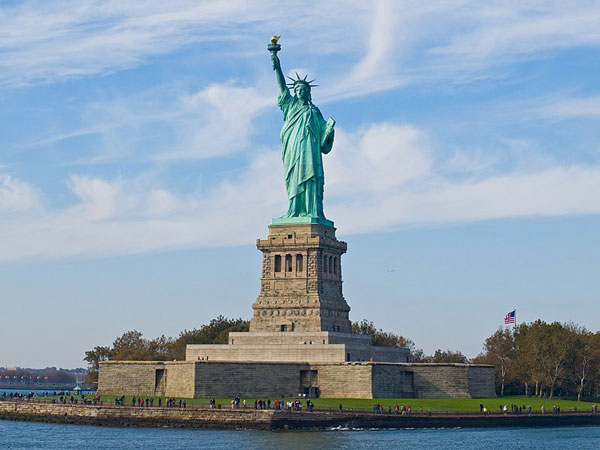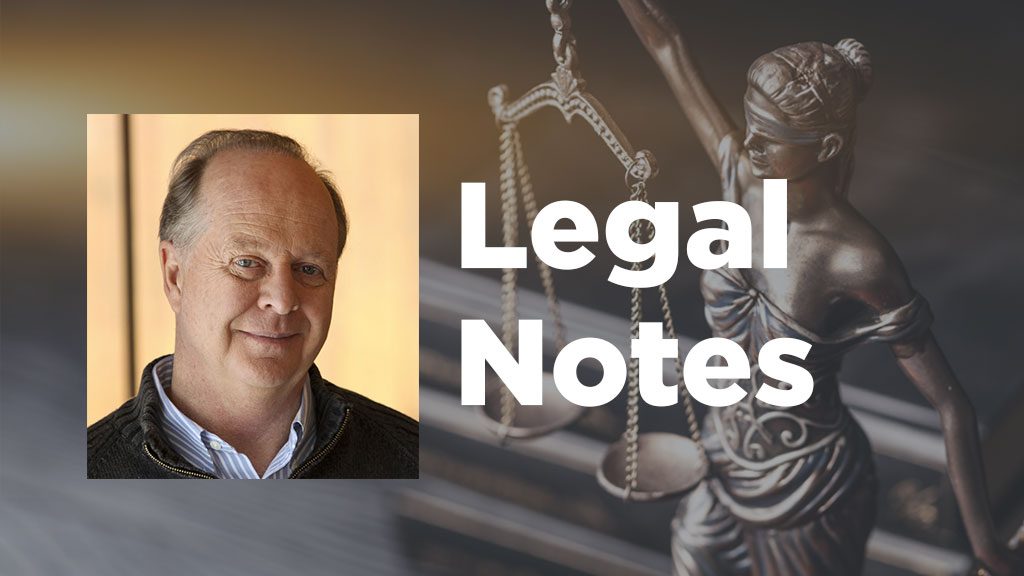Although it may not have been a consideration in the past, Intellectual Property (IP) rights are becoming increasingly important in the construction industry.
This is due to the increased use of advanced technology within the overall definition of BIM, 3D modelling and computer-generated plans and images. IP rights safeguard the creative and ingenuous work of architects, engineers as well as the contractors and professionals involved in a project.
Copyrights and other IP protections can also safeguard professional reputations and reduce the risk of misuse and imitation.
Of particular interest are the IP rights surrounding original design work typically covered by copyrights. Building plans, technical drawings and other documents can be on the basis of being the product of an author’s “exercise of skill and judgment.”Â
Copyrights default to the creator. However, an interesting twist can occur when an individual’s term of employment stipulates that all work created is owned by the employer. Even so, protections can still apply if registration steps are taken.
Although construction projects are immensely complex and potentially face a maze of overlapping IP rights, contracts should nevertheless attempt to include provisions that consider IP. Some might, on a contract-by-contract basis, need to include protection provisions that cover the project principals, general contractors and subcontractors, along with further provisions that bind all those together in some form.
These might involve warranties, indemnities, potential payment of royalties and licences that permit future use under various terms of breadth. Some of these can be conflicting among parties. Therefore, their complex nature makes it imperative that, “each contract be examined individually to identify the flow of IP rights,” Matthew Bliem and Luke Dale, partners with the Australian law firm HWL Ebsworth Lawyers, and solicitor Max Soulsby.
Industrial designs or processes are also often considered copyright issues. However, those might be better served by patent protection, another matter entirely.

Copyright can apply to the actual finished project design itself even when a building is assembled from a wide variety of standard products. The protection of plans and technical drawings can last for decades and could potentially create a marketing edge for the design firm or individual architect. A stunning example is of the covering the Statue of Liberty, originally issued in 1879 but now in the public domain.
Annik Forristal and Pablo Tseng, partners with McMillan LLP, and associate Alex Buonassisi, note the Canadian Intellectual Property Office (CIPO) introduced a change in June 2024 with respect to industrial designs applied to buildings and structures. They , “the CIPO now takes the position that buildings and structures may be eligible for design protection.”
This brings şÚÁĎłÔąĎÍř in line with international practice of countries such as the United States.
Specific to şÚÁĎłÔąĎÍř, Forristal, Tseng and Buonassisi explain protection under the Copyright Act now extends to “works that are original artistic and creative expressions fixed in a material form and that are produced through an exercise of skill and judgment. When it comes to buildings and structures, such works may include architectural plans and drawings, as well as the artistic expression embodied in the building itself.”
They add, “the unique visual appearance or ornamentation applied to a building or structure, including its shape, configuration, pattern, or ornament” can also be protected under various other industrial design protections.
Overall, the CIPO’s new position with respect to industrial designs applied to buildings and structures may have several implications for project contracts, write Forristal, Tseng and Buonassisi.
“Parties involved in designing and constructing buildings and structures must be aware of existing third-party industrial designs, and any potential risk in infringing any third-party industrial designs.”
Those with IP rights need to identify both their type and their ownership and protect them through contract provisions. Going even further, IP needs to be monitored, managed and protected going forward to prevent unauthorized access, copying or transmission by others.
John Bleasby is a freelance writer. Send comments and Legal Notes column ideas to editor@dailycommercialnews.com.







Recent Comments
comments for this post are closed